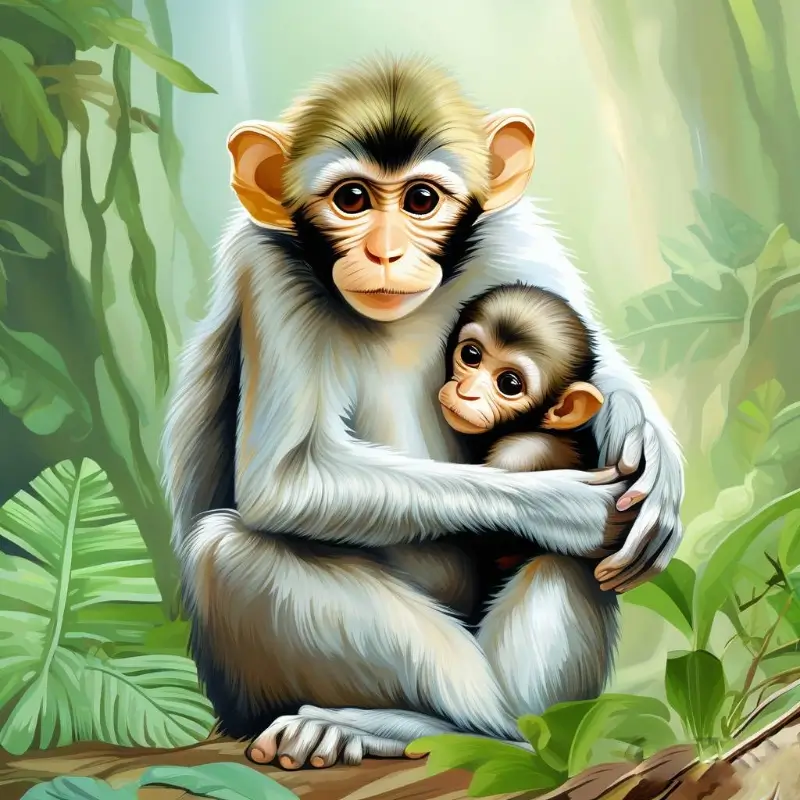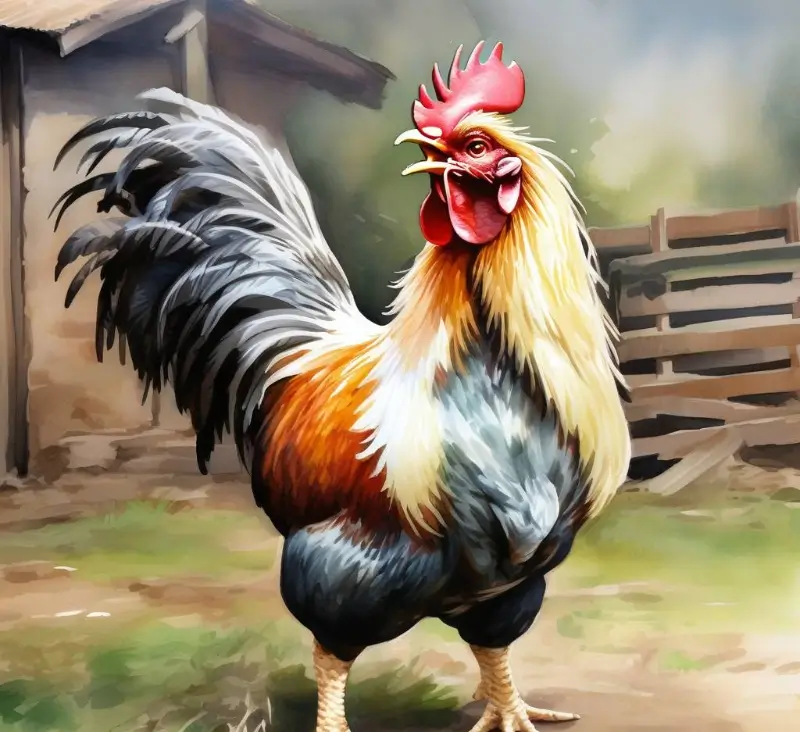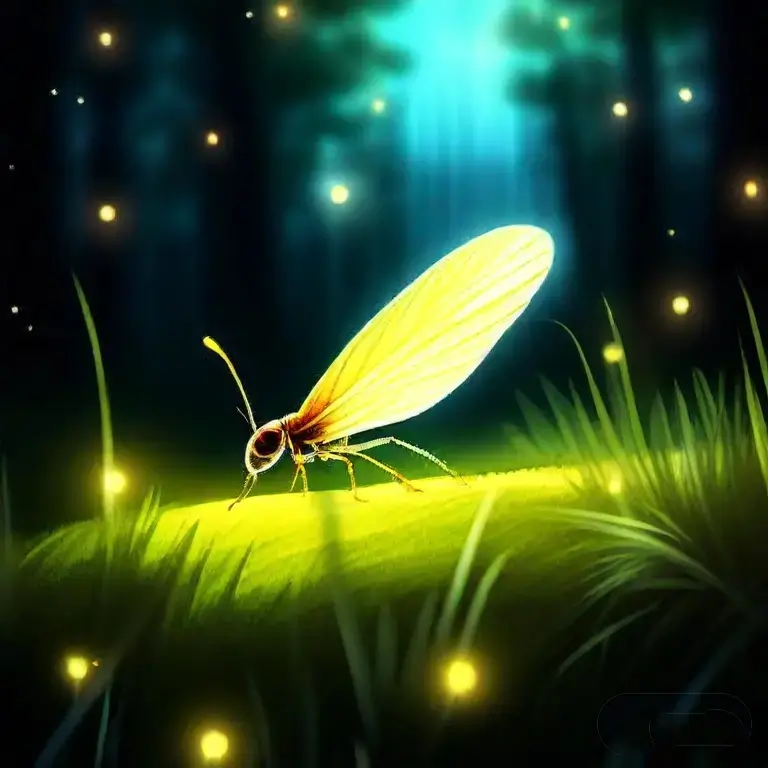why are the babies of mammals cute?
Babies of mammals are perceived as cute, or having “cute features,” for several evolutionary and psychological reasons:
- Neoteny: Many mammalian babies exhibit neotenic features, which are characteristics that resemble juvenile traits even in adults. These include big eyes relative to the head, round faces, soft fur or skin, and pudgy bodies. Evolutionarily speaking, these features are retained to elicit nurturing responses from parents, increasing the likelihood of parental care and ultimately, offspring survival.
- Parental Investment: Cuteness triggers an emotional response in adults, particularly in mothers, to care for and protect their young. Features like large eyes and a small body evoke feelings of protection and love, motivating parents to feed, shelter, and defend their offspring from threats.
- Survival Advantage: Human caregivers also find baby mammals cute, which can translate into a broader societal protection. This cross-species appeal to human caretakers might have evolved as a protective mechanism for species that live near humans or depend on human tolerance for survival.
- Kama Muta: This term refers to the emotion evoked by cuteness that produces a sense of affection and connection. Humans have an innate response to baby-like features, which is thought to be an evolutionary adaptation that promotes caregiving behaviors.
- Facial Recognition: Specific facial features, such as large eyes, round heads, and a short distance between nose and forehead, trigger an automatic positive response in our brains, often referred to as the “baby schema.” Research suggests that these characteristics activate the brain’s reward center, releasing dopamine and fostering nurturing feelings.
In summary, the cuteness of mammalian babies is a product of evolutionary pressures that favor traits that enhance parental care and protection, both from parents and possibly from other individuals within the species or even from other species, like humans. This enhances the chances of offspring reaching adulthood and reproducing, passing on their genes to future generations.



